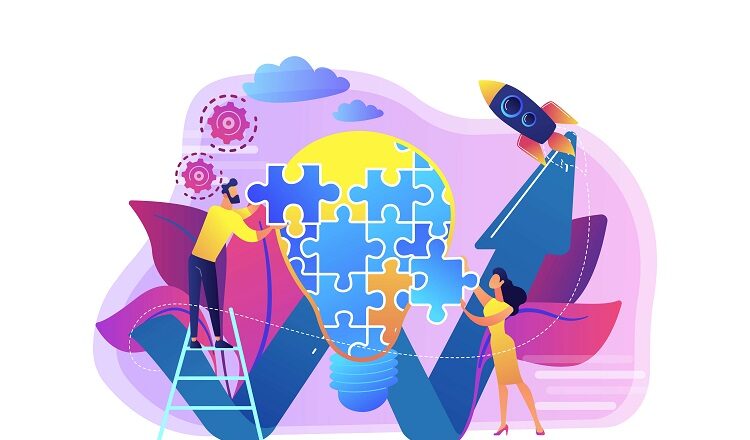Entertainment used to shift gears gradually, decades would pass between one cultural norm and the next big thing.
Now, overnight disruption has become the standard. Innovations that once seemed niche or even laughable have completely overtaken long-established giants.
Each shift fundamentally altered how people engage with content, how money flows, and how attention gets captured. What follows are the seismic changes that arrived unexpectedly and redefined what entertainment means.
Table of Contents
Toggle1. The Streaming Revolution
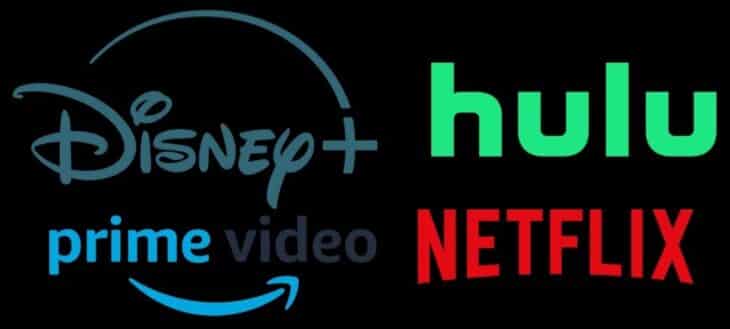
Movie nights once meant waiting in lines, planning around showtimes, and sharing popcorn in crowded auditoriums.
Then came Netflix with autoplay and entire seasons dropped at once, and the rhythm of entertainment consumption changed almost overnight. Audiences gave up synchronized viewing for solo, under-the-blanket binge sessions at any hour.
Platforms like Prime Video, Hulu, and Disney+ didn’t just follow, they fueled the momentum. The pandemic didn’t invent the shift, but it accelerated it.
Stuck indoors, people leaned into digital convenience, turning away from release calendars and turning toward instant gratification.
Streaming didn’t just change how people watch. It reshaped what gets made and how stories are told. Short-form series started gaining more traction than traditional films, signaling a new preference.
Key changes brought by the streaming model:
- Shift away from fixed-length content: 9-minute episodes became cultural hits, while longer films often struggled to hold attention.
- Episodic storytelling offered more character development, better pacing, and space for creative risks.
- Social media fueled buzz and momentum in real-time, encouraging binge-worthy formats.
Audiences stopped asking what’s playing, they started telling platforms what they wanted. Recommendation algorithms replaced programming directors.
Control shifted from studios to users.
Creators found fewer limits and more freedom. Audiences took on the role of curators, moving through catalogs with total autonomy.
2. Online Gambling
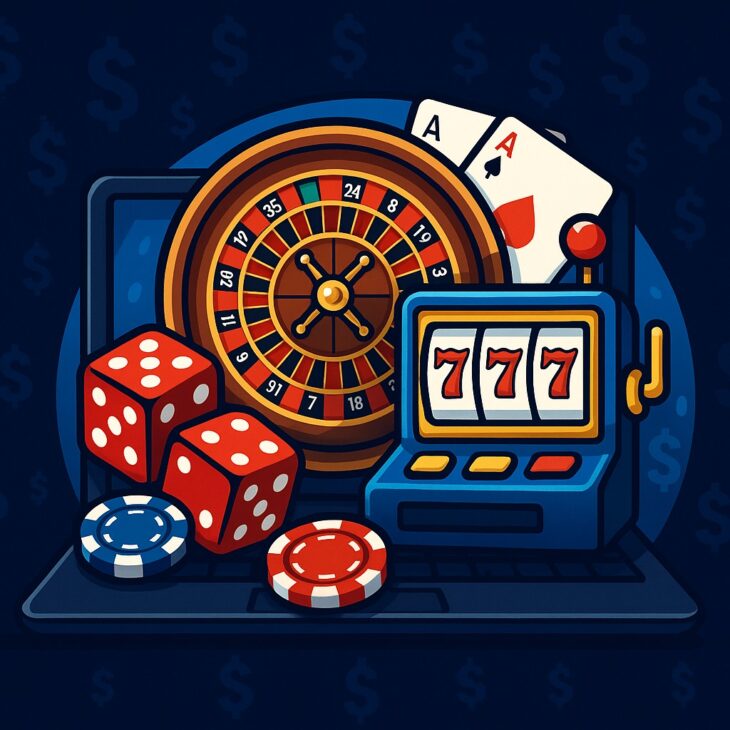
Once tucked inside neon-lit casino halls, gambling now lives in apps downloaded by the millions.
Digital betting surged into mainstream entertainment, powered by sleek user interfaces, celebrity tie-ins, and loose regulatory shifts across states.
Following the 2018 repeal of PASPA by the US Supreme Court, online gambling gained momentum as states moved quickly to legalize sports betting and online casino-style games.
What was once confined to weekend getaways turned into lunchtime blackjack sessions or midnight slot pulls, right on smartphones.
Several factors fueled this massive shift:
- Legalization across multiple US states opened the floodgates for sports betting platforms.
- Seamless app experiences eliminated friction, making sign-ups and deposits effortless.
- Celebrity endorsements and influencer integrations brought gambling content to mainstream audiences.
- Fantasy sports, real-time odds, and in-app incentives locked users into repeated engagement.
Social media and Twitch streamers embraced the format. Gambling content merged with livestreams, giveaways, and high-stakes commentary. If you want to take a good look at a fine example of that, visit PowerPlay Ontario.
Entertainment blended with risk, and viewers became players almost instantly.
Traditional casinos found themselves outpaced. While they polished floors and poured cocktails, mobile apps delivered adrenaline on command through push notifications and dopamine-driven reward loops.
3. Social Media Migration
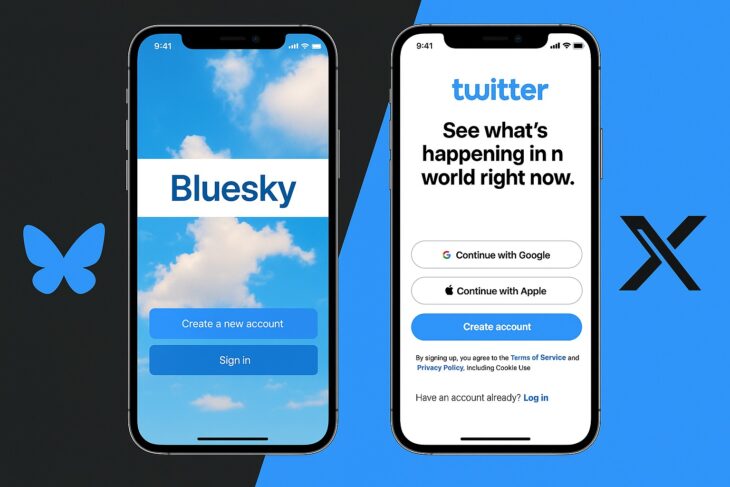
X (formerly Twitter) once served as a digital meeting place for public discourse. After Elon Musk’s takeover, that space began unraveling.
Policy changes didn’t just spark debates, they fractured communities. Long-time users felt displaced. Trust didn’t erode gradually, it vanished in chunks.
In response, BlueSky gained momentum. It wasn’t flashy. It didn’t shout.
It simply promised something old platforms had abandoned: stability and minimal interference. Its algorithm-free feed offered relief for those fatigued by noise, outrage cycles, and unpredictable leadership.
Users weren’t just looking for new features. They were escaping a system that no longer represented them. A massive user shift made one thing clear: platform dominance depends on cultural alignment, not just functionality.
People migrated because:
- Platform identity no longer reflected user values
- Leadership introduced instability and unpredictability
- Creators and communities wanted control over engagement
Relevance is earned daily. No platform owns its audience. Trust and alignment now determine who stays and who walks.
4. Creator Economies and the Power of the Individual Brand
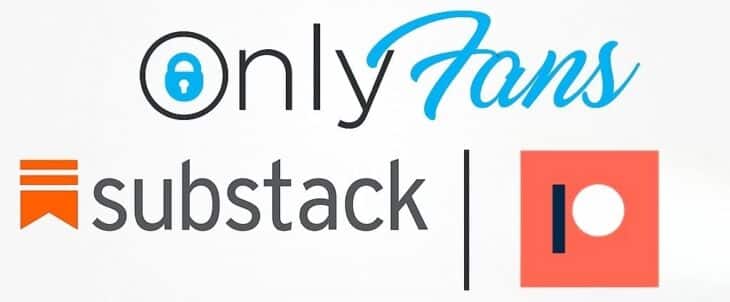
Major studios used to crown stars. Now, creators do it themselves. A smartphone and a niche voice are all it takes to start building an audience.
Platforms like Patreon, Substack, and OnlyFans let creators skip gatekeepers and keep revenue streams closer.
Mass content lost momentum. Audiences leaned toward creators who spoke directly to them. One-size-fits-all blockbusters faded. Highly specific, personal content won instead. Creators carved out digital territories that traditional media didn’t even see coming.
Direct-to-fan models exploded:
- Patreon enabled paywalled podcasts and crowdfunded shows
- Substack turned newsletters into full-time careers
- OnlyFans allowed total ownership of monetized content
Micro-celebrities earned real income through loyalty instead of mass visibility. Authenticity wasn’t just rewarded, it paid rent.
Brands followed the money and shifted ad budgets toward smaller creators with engaged followings.
Now:
- Collaborations target creators with highly engaged micro-audiences
- Algorithms elevate creators who maintain trust, not just reach
- Audiences support content emotionally and financially
Entertainment begins in bedrooms, on webcams, and within text threads. Power no longer waits for permission. It moves with people who know how to activate a loyal community.
5. Immersive Audio and the Podcasting Boom
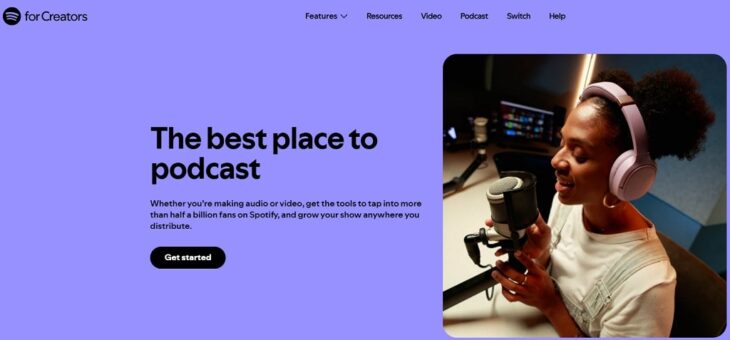
Podcasts made commutes, chores, and workouts opportunities for content consumption. Earbuds became gateways to crime thrillers, financial advice, or late-night laughs.
Hardware played a massive role. Smart speakers and wireless earbuds turned passive environments into listening stations. Spotify spent billions to dominate it. Podcasting became a serious business.
Listeners chose audio for one key reason: freedom. Audio required no screens or uninterrupted focus. It lets people multitask while staying entertained. The content is adapted to their lives, not the other way around.
Reasons for the podcast boom included:
- Portability through wireless listening devices
- Content formats that fit daily routines
- Consistent voices that fostered emotional connection
Podcasters became more than entertainers. Shows built community, episode by episode.
For advertisers, the value was precision:
- Finance shows drew investment product sponsors
- Wellness podcasts featured health and nutrition brands
- Comedy segments pulled in lifestyle companies
Summary
Trends that once started as side experiments now dominate how people engage with entertainment.
What once seemed temporary or niche grew fast enough to overturn decades of norms.
These shifts didn’t ask for permission. They reshaped industries, habits, and expectations before anyone could fully react.
Each transformation reflected deeper patterns, technological acceleration, cultural restlessness, and audience empowerment.


